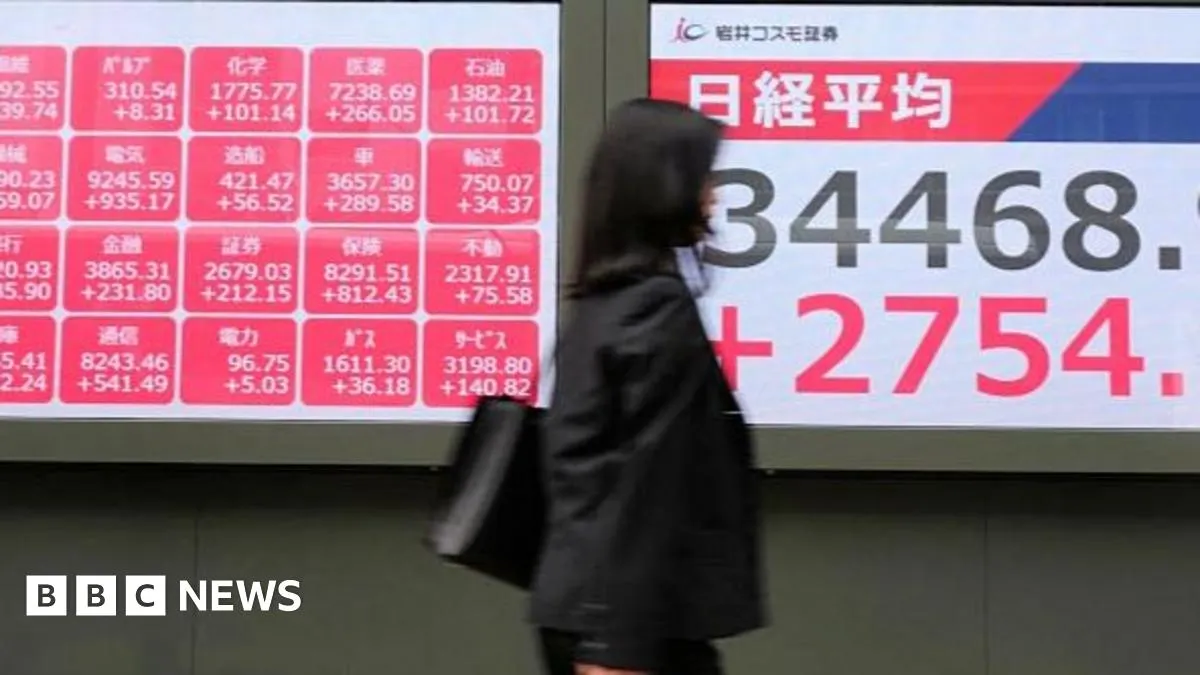
The United States and Vietnam have officially agreed to initiate negotiations for a comprehensive trade agreement, as announced by the Vietnamese government on Thursday. This development signals a significant step towards enhancing bilateral trade relations, with both nations aiming to eliminate as many non-tariff barriers as possible. Vietnam has expressed its commitment to facilitating increased US investment within its borders while also pledging to combat trade fraud.
This announcement follows shortly after President Donald Trump decided to pause a staggering 46% tariff on Vietnam, a move that has been considered crucial for the Vietnamese economy. The tariffs had posed a serious threat to Vietnam's economic stability, as exports to the US account for approximately 30% of its GDP. For readers seeking more insight into Vietnam’s trade dynamics with the US, we encourage you to explore our in-depth coverage on this topic.
In a broader context, the recent tariff pause appears to mark a significant shift in Trump's trade strategy. For several days, Trump and his administration had maintained a firm stance on implementing reciprocal tariffs against numerous countries. They dismissed reports suggesting that a temporary halt was under consideration, which had briefly boosted the stock market. However, the reality of this pause—with certain exceptions—has now emerged.
The White House has indicated that the strategy of imposing tariffs followed by negotiations was part of their long-term plan. Treasury Secretary Scott Bessent remarked that over 75 countries had reached out to the administration, hinting that more nations would likely seek dialogue following this announcement. This framing from the White House, while expected, comes in the wake of significant investor anxiety, a declining bond market, and rising public discontent that preceded the tariff pause.
Questions linger regarding whether this move represents a strategic retreat by Trump in response to unanticipated backlash or is simply another example of his negotiating strategy known as the "art of the deal." Regardless of the rationale behind Trump's decision, the current reality is that the US is striving to improve relations with countries that had previously faced retaliatory trade measures.
This strategic pivot is likely to provide a temporary boost to the stock market while intensifying trade tensions with China, which has already faced 125% tariffs from the US. The implications of this trade policy shift will resonate on a global scale, aligning with the overarching goals of American foreign policy, including those under the current administration of President Joe Biden, which aims to curtail Chinese ambitions.
As we look to the future, a significant unknown remains: whether Trump's recent decisions—prompting allies to reassess their positions and challenging the established global order—will complicate future diplomatic efforts. With the expiration of Trump's tariff pause in 90 days, the economic uncertainties and tensions may very well resurface, marking yet another chapter in the ongoing saga of international trade.